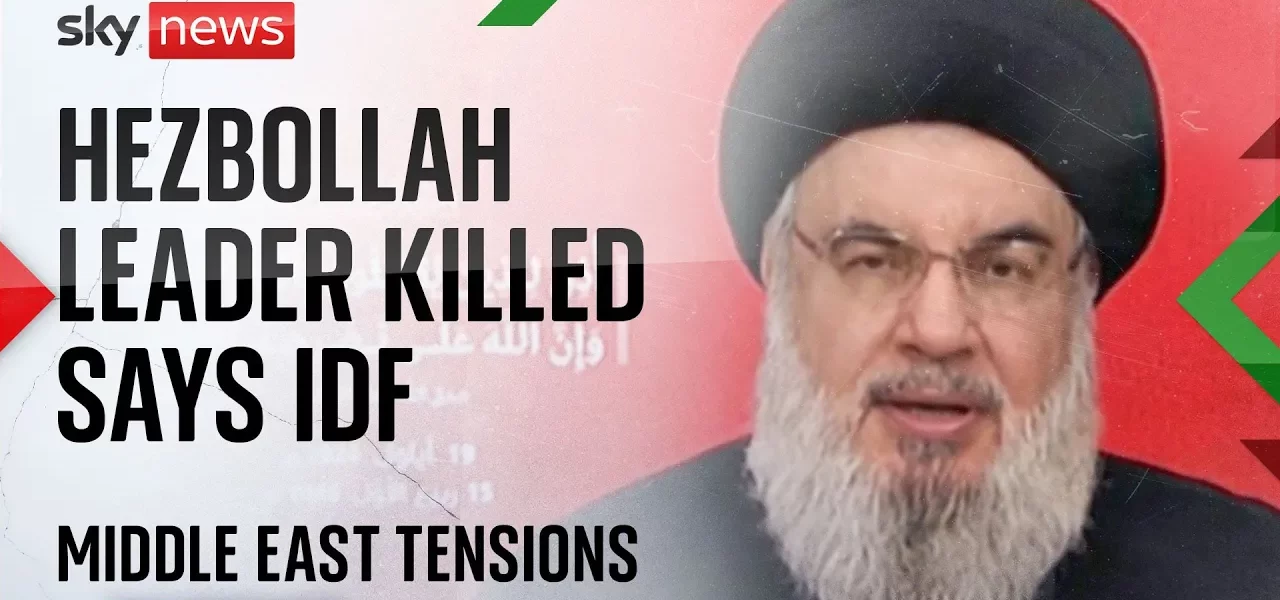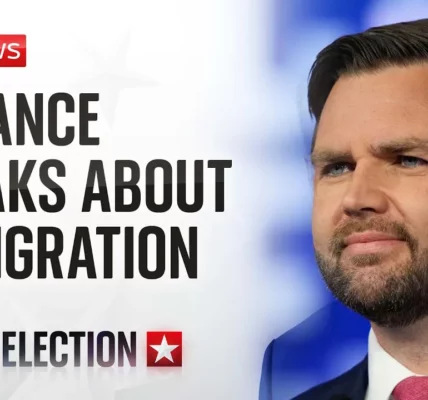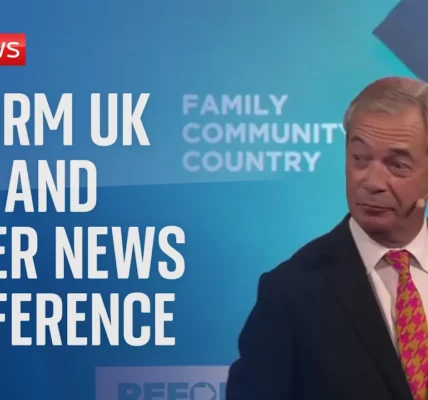Israel’s Military Actions Against Hezbollah’s Leader Hassan Nasrallah

This article provides a detailed analysis of the recent strikes by the Israel Defense Forces targeting Hezbollah’s leader Hassan Nasrallah, exploring the implications of these actions for regional security and the ongoing conflict.
Introduction
The geopolitical landscape in the Middle East is once again shadowed by conflict following the recent military actions taken by the Israel Defense Forces (IDF) against Hezbollah’s leader, Hassan Nasrallah. This development not only highlights the escalating tensions between Israel and Hezbollah but also raises significant questions regarding the future of the organization and its backers, including Iran. The IDF’s operations in Beirut and the consequent implications of targeting such a pivotal figure in Hezbollah’s hierarchy will be analyzed in detail.
Overview of Recent Military Strikes
On the night of October 8th, the IDF conducted a series of airstrikes in Beirut, focusing on key Hezbollah targets. This marked a significant escalation in Israel’s offensive against the militant group. Here are some critical aspects of the strikes:
- Targeted Operations: The IDF specifically aimed at the headquarters of Hezbollah, which is believed to be located underground within a residential area.
- Key Figures: Reports indicate that the strikes targeted Hassan Nasrallah and other high-ranking officials within Hezbollah, including Ali Karaki, the commander of the Southern front.
- Intelligence Coordination: The operations were executed with precise intelligence guidance, showcasing Israel’s capability in conducting targeted military actions.
Significance of Hassan Nasrallah’s Leadership
Hassan Nasrallah has been at the helm of Hezbollah for over three decades, making him a central figure in the group’s operations and ideology. Understanding his role provides insight into the potential ramifications of his possible elimination:
Strategic Leadership
Nasrallah has been instrumental in shaping Hezbollah’s strategies, including military operations against Israel. His leadership is characterized by:
- Coordination of attacks against Israeli citizens and military personnel.
- Establishing alliances with other militant groups supported by Iran.
- Influencing Hezbollah’s political and military decisions, making him a pivotal decision-maker.
Impact on Hezbollah and Iran
The potential removal of Nasrallah could lead to severe repercussions for both Hezbollah and Iran, including:
- Leadership Vacuum: His death would create a significant leadership void within Hezbollah, potentially leading to internal conflicts over succession.
- Iran’s Response: As the primary backer of Hezbollah, Iran would face critical decisions regarding its support and military strategies in the region.
- Regional Stability: The elimination of such a key figure could either stabilize or destabilize the region, depending on how various actors respond.
IDF’s Official Statement
In their latest statement, the IDF confirmed the strikes against Nasrallah, labeling him the leader of a terrorist organization responsible for numerous attacks against Israel. Key points from their statement include:
- Nasrallah’s role in orchestrating thousands of terrorist acts.
- The IDF’s commitment to continue targeting those who promote terrorism against Israel.
- The assertion that Hezbollah has escalated its attacks since October 8th, justifying the IDF’s military response.
Conclusion
The recent military actions against Hassan Nasrallah signify a pivotal moment in the ongoing conflict between Israel and Hezbollah. Should the IDF’s claims of his elimination be confirmed, it would not only alter Hezbollah’s operational capabilities but also challenge Iran’s influence in the region. As this situation continues to unfold, it is crucial for observers to remain informed about the implications of these developments on regional security and geopolitical dynamics. For more in-depth articles on Middle Eastern conflicts and terrorism, explore our related content.
“`




